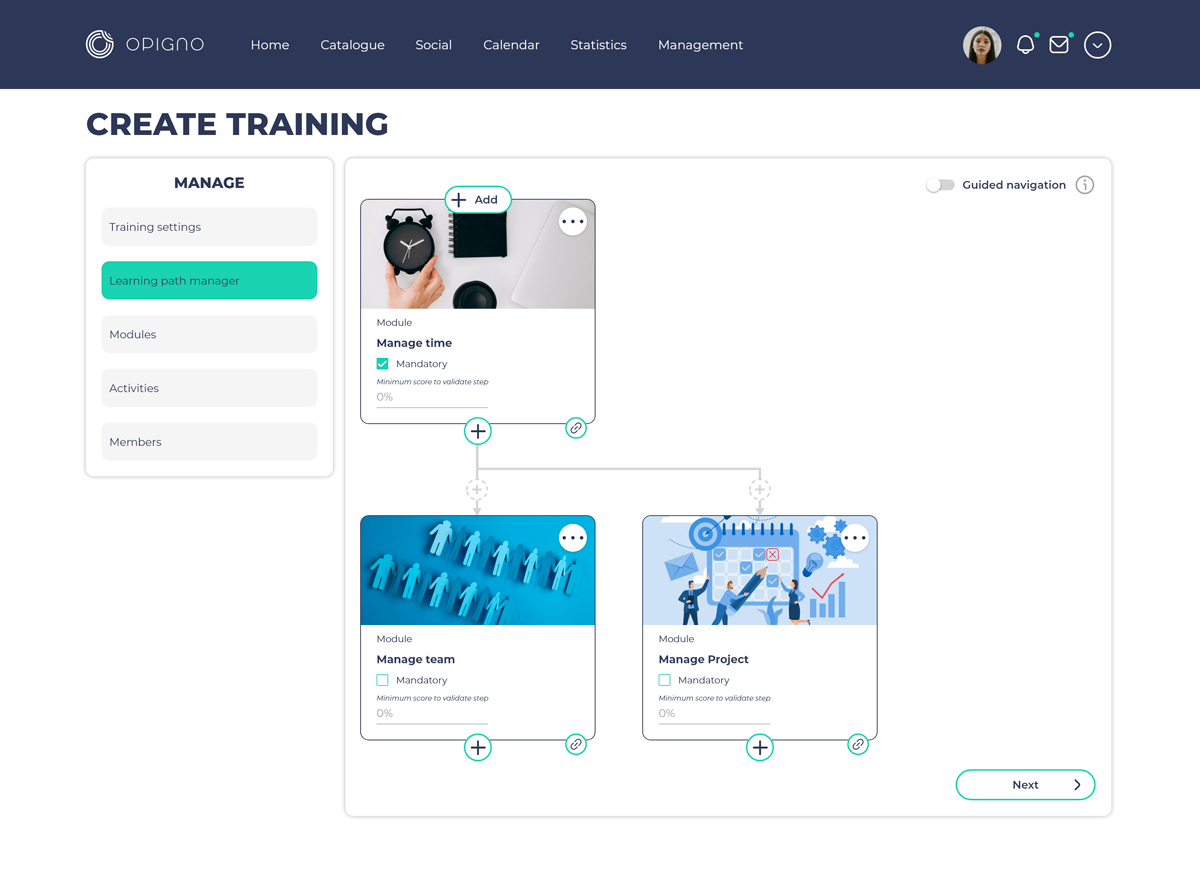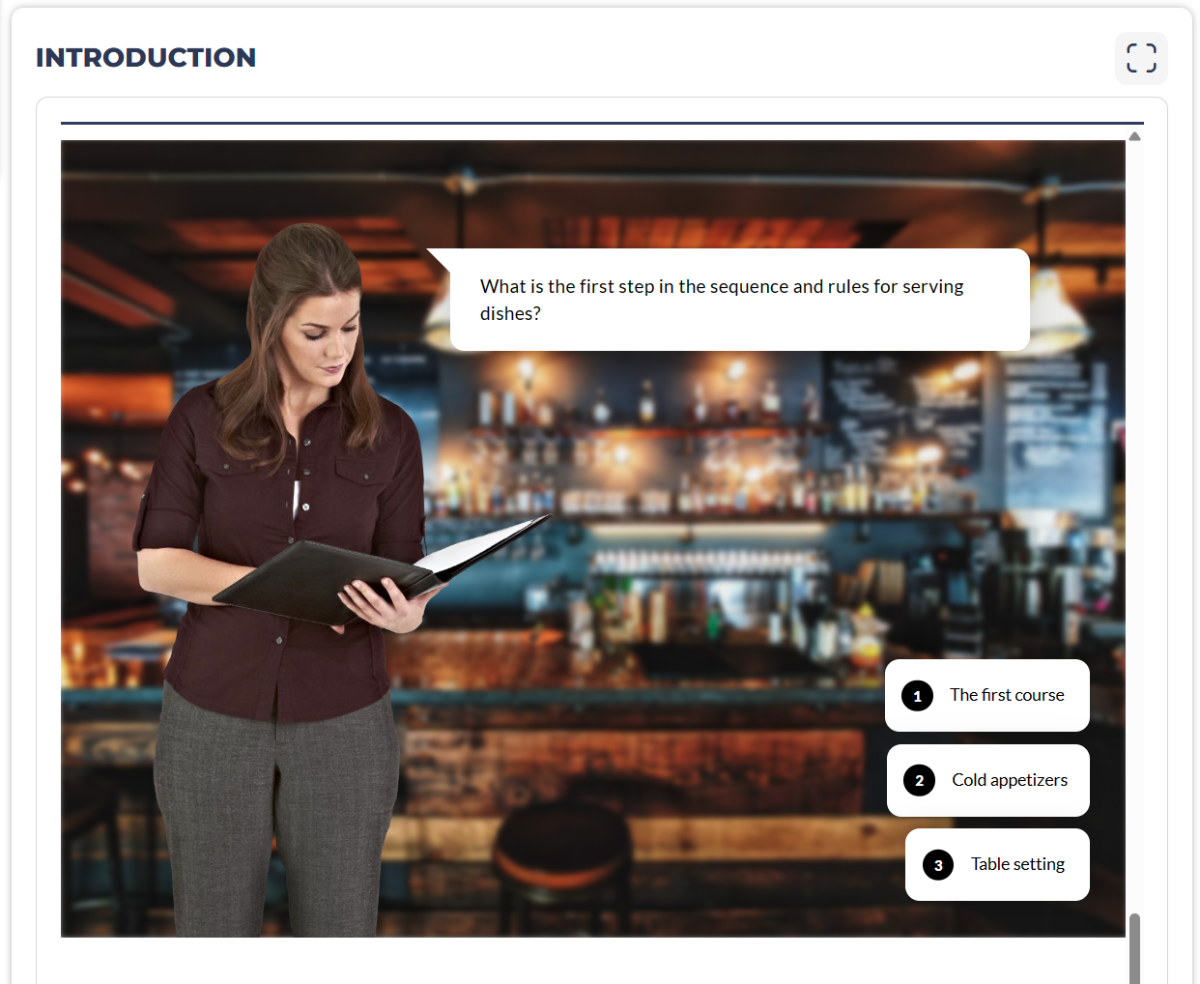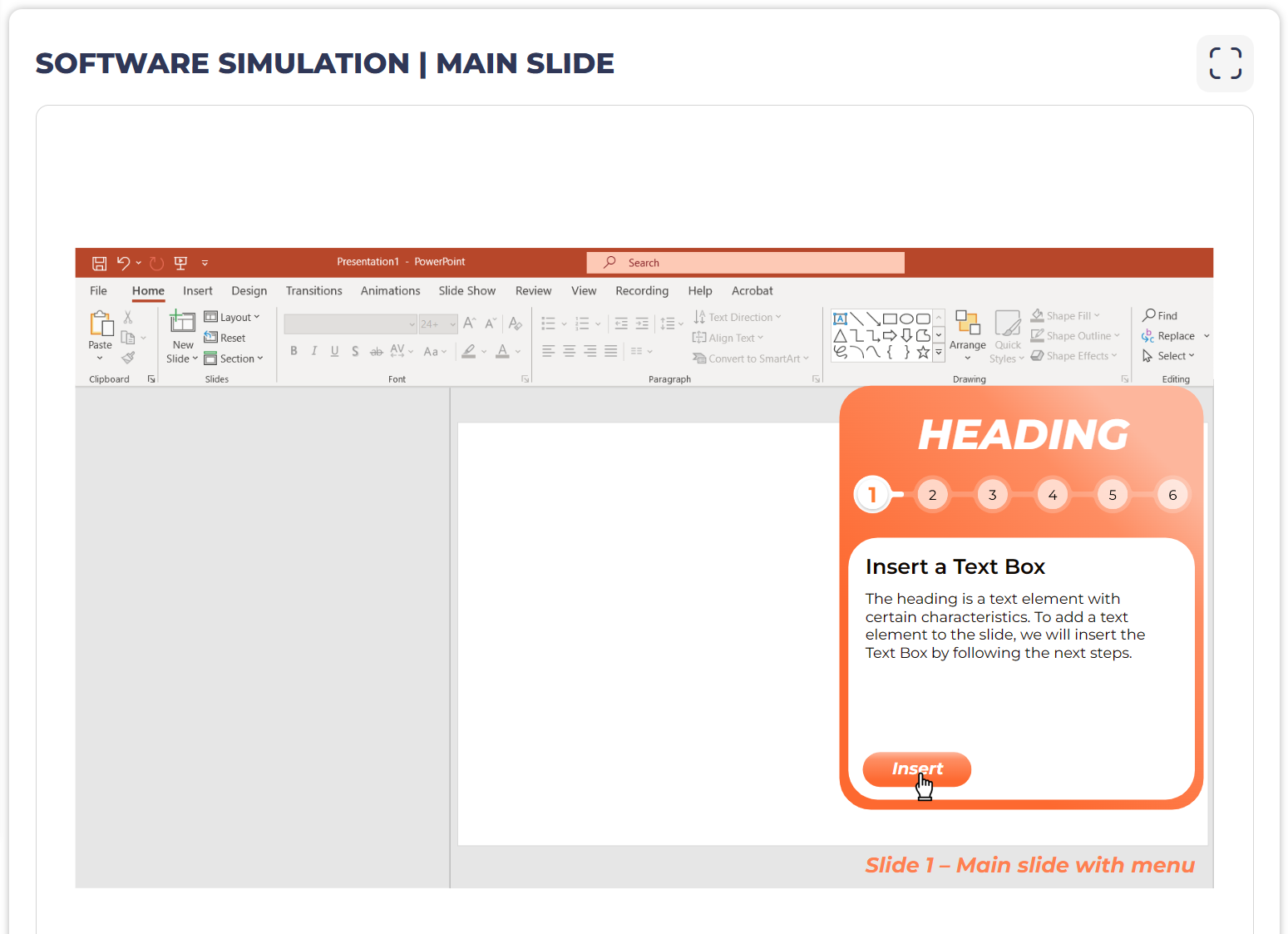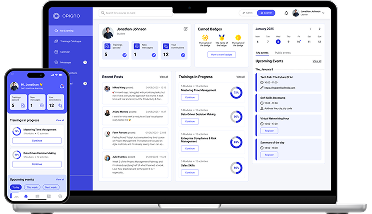The pace of technological advancements upending the job landscape is relentless, and the demand for continuous learning and up/reskilling gets more pronounced day by day. In contrast, the L&D budgets within organizations are tightening. As a result, one of the most pressing challenges for L&D ops is to maximize the return on investment of their L&D programs and ensure they translate into meaningful skill development.
A critical aspect of achieving training efficiency lies in optimizing learning content and process organization not only to align with the company's goals and needs but also to cater to learners' diverse characteristics and requirements. How does one achieve that?
Сontinuous learning and andragogy principles
There's one common trait all continuous learners share, regardless of the economic sector they're engaged in or specific business objectives they aim for — they are adults. These learners bring a wealth of experience to the table and seek relevant, practical learning experiences that seamlessly integrate into their busy schedules. Therefore, learning initiatives must resonate with the preferences, motivations, and cognitive processes of adult learners.
We've covered the basics of the adult learning theory before, but to recap, here are the four practical principles of instructional design for adult learners:
- Adult learners need to participate in the planning and evaluation of their learning.
- Learners' experiences, positive or negative, can be the basis for the learning.
- To interest adults in learning, the subject should be relevant to their immediate needs.
- Adult learning should be problem-centered.
As you can see, these principles concern the whole organization of the learning process, meaning that all learning tools and platforms should adhere to the andragogy principles and foster continuous learning.
So, let's explore how organizations can maximize the impact of their L&D programs, foster continuous learning, and achieve significant ROI by leveraging the power of a learning management system with features adjusted to adult learners' needs.
Self-directed learning
Everyone learns at a different pace, and in the case of adults, external circumstances like the workload or family obligations play no less important role than personal preferences and abilities. For this reason, synchronized in-person corporate training is hard to organize if you want to accommodate everyone.
Self-paced learning
Self-paced learning offers the perfect alternative, allowing learners to progress through the material at their own speed and convenience. Within the LMS, learners can choose from various learning resources, including videos, articles, quizzes, and simulations. They can revisit concepts, review materials, and practice skills until they feel confident. This flexibility corresponds with the principle of the learner's involvement in the training planning process.
Adaptive learning
Another distinctive trait of continuous learning is that it's a personal path. Even if your company has clear-cut L&D objectives, each employee's learning journey is different, as they bring unique skills, preferences, and goals to the table. An LMS enables the company to provide all learners with personalized training.
First, an LMS can be used to pre-assess learners' current skills and knowledge and identify their strengths and weaknesses. With this insight, learners can focus on areas requiring attention and bypass redundant content. Moreover, pre-assessments enable organizations to tailor training programs to address specific skill gaps within their workforce, maximizing the impact of learning initiatives.
Second, an LMS can further personalize learning paths via adaptive learning. By leveraging data on learner progress, the LMS can offer relevant courses, resources, and activities tailored to each learner's proficiency level, learning style, and career trajectory.

Adaptive self-paced learning via the LMS empowers learners to take ownership of their learning journey and align it with their interests and objectives. And organizations can nurture a culture of continuous learning and skill development while cutting down operational and administrative costs.
Active learning and collaboration
Although each continuous learning journey is unique and individual, it doesn't have to be a solitary experience. People thrive on interaction and knowledge sharing. A learning management system with thought-out social features can transform learning into a dynamic collaboration, cultivate learner communities, and foster collective growth. Here are three core active learning and collaboration features: discussion forums, group projects, and gamification.

Discussion forums
Meaningful discussion is a cornerstone of effective learning, encouraging critical thinking, problem-solving, and reflection. Forums within the LMS serve as virtual spaces for such discussions where learners can exchange experiences and ideas, clarify concepts, and deepen their understanding through dialogue with peers and instructors. Moreover, forums enable asynchronous communication, removing time and geographical boundaries.

Group projects
Learners gain valuable skills by working together on assignments, mirroring professional environments. Teamwork develops critical thinking, communication and problem-solving skills, as well as leadership, negotiation, and conflict resolution competencies, a sense of accountability and ownership.
An LMS provides a convenient platform for collaborative projects, allowing learners to communicate, brainstorm, and work on documents together.
Gamification
A little healthy competition and camaraderie hurt nobody. By incorporating mechanics such as points, badges, leaderboards, and rewards, gamification taps into learners' intrinsic motivations, encouraging them to actively participate in discussions, complete assignments, and strive for mastery. And interactive gamified elements like quizzes, simulations, or branching scenarios add fun and challenge to the learning process, making it more enjoyable and memorable.
By incorporating all these features, an LMS transforms learning from a passive activity into an interactive, engaging, and enriching experience where learners share their expertise and co-create new knowledge with others.
Problem- and practice-based learning
An average employee has little to no time for training, so to maximize the learning output, we should laser-focus on applicable knowledge we explicitly need and can readily implement. An LMS can bridge the gap between theory and practice with problem- and practice-based learning, immersing learners in authentic scenarios.
Scenario-based learning
Within the LMS, scenario-based learning modules place learners in interactive narratives about challenges and dilemmas they might encounter in their professional roles. The learners must apply their newly acquired knowledge and skills to navigate the situation and make informed decisions. This approach prepares learners to use their skills in authentic work environments confidently.

Case studies
Case studies allow learners to dissect real-world examples, drawing insights and lessons from actual experiences. Learners analyze the situation, identify key issues, and propose viable solutions based on theoretical concepts and practical considerations. Case studies solidify knowledge and develop analytical thinking and decision-making skills.
Simulations
Within the LMS, simulations put learners in interactive environments replicating real-world scenarios, processes, or systems to practice and refine their skills in risk-free settings. Whether it's a virtual laboratory, a business simulation, or a healthcare scenario, simulations offer learners hands-on experience and immediate feedback.

By incorporating these features, an LMS transforms learning from a theoretical exercise into a practical, application-oriented experience and ensures that your L&D programs translate into a more skilled and effective workforce equipped to tackle real-world challenges.
Feedback and assessment
As autonomous subjects, adult learners need to understand their strengths and weaknesses to make informed decisions about their development journey. Here's how an LMS equips learners to take ownership of their learning through continuous feedback and self-assessment:
Progress tracking
Progress tracking features within the LMS track completed modules, achieved milestones, and areas for improvement and visualize the progress through dashboards. That way, learners always have a clear overview of their progress, and instructors and administrators can assess learners' performance and provide timely interventions or support. This transparency fosters a sense of accomplishment and accountability throughout their learning journey.
Self-assessments
Another way LMS learners can gauge their learning progress is through self-assessment tools, e.g., quizzes, surveys, or reflective exercises. This form of assessment has multiple benefits. The most obvious is that learners can identify knowledge gaps and tailor their learning accordingly. Then, self-assessments develop metacognitive skills, such as self-awareness and self-regulation, essential for lifelong learning and professional development. Finally, they encourage learners to set goals, track their progress, and take ownership of their learning trajectory.
Peer-to-peer feedback
Peer-to-peer feedback is an additional source of valuable insights, perspectives, and support. Within the LMS, learners can provide and receive feedback on their work and ideas through discussion forums, group projects, or peer reviews. As learners engage in dialogue, negotiation, and shared learning, they build a sense of community and belonging.
The LMS's focus on feedback and assessment empowers adult learners to take control of their learning trajectory, foster a growth mindset, and commit to continuous improvement.
Empowering continuous learning with Opigno LMS
Modern learning management systems like Opigno are potent tools for facilitating effective continuous learning and building a supportive environment that caters to the diverse needs of adult learners. They empower learners to personalize their learning paths, grow learning communities, apply their skills in practical scenarios, and continuously measure their progress.
Such an engaging and enriching learning experience increases knowledge retention, improves skill development, and ultimately results in higher ROI for your L&D programs.
Ready to unlock the full potential of L&D initiatives? Contact us today to learn more about how our solutions can help you design and implement a cutting-edge learning ecosystem that fuels continuous learning and drives success within your organization.
Published on May 14, 2024
